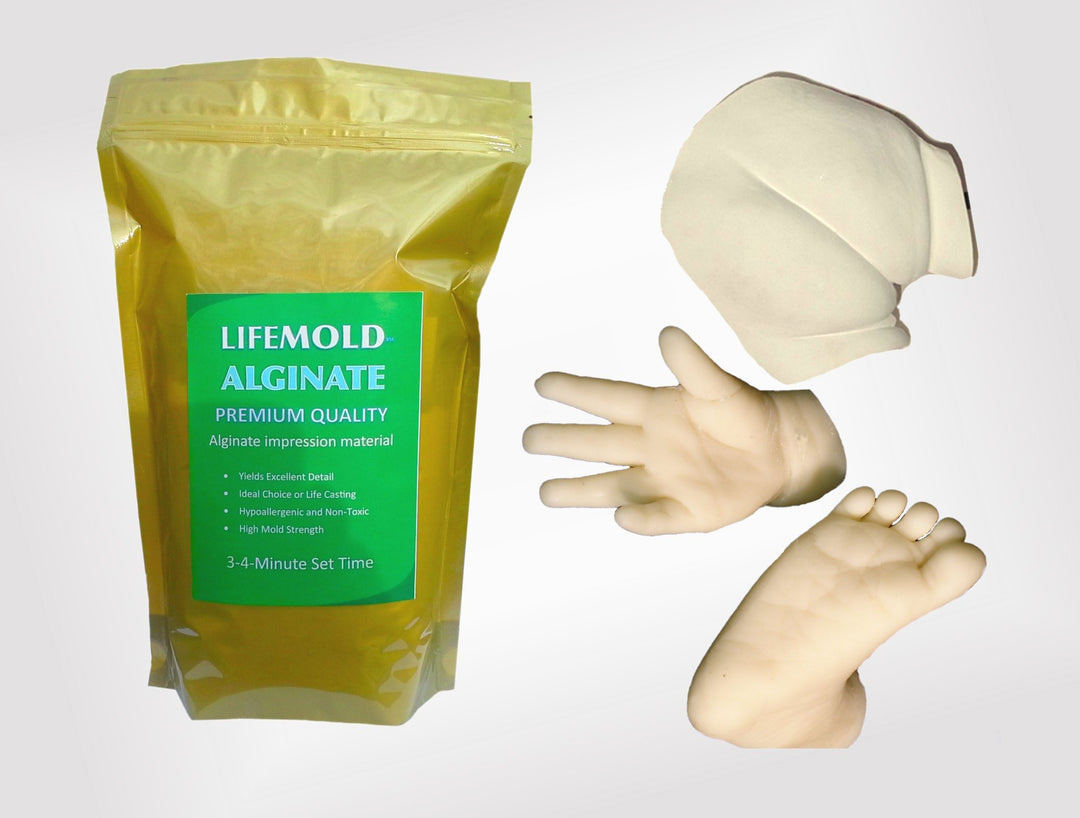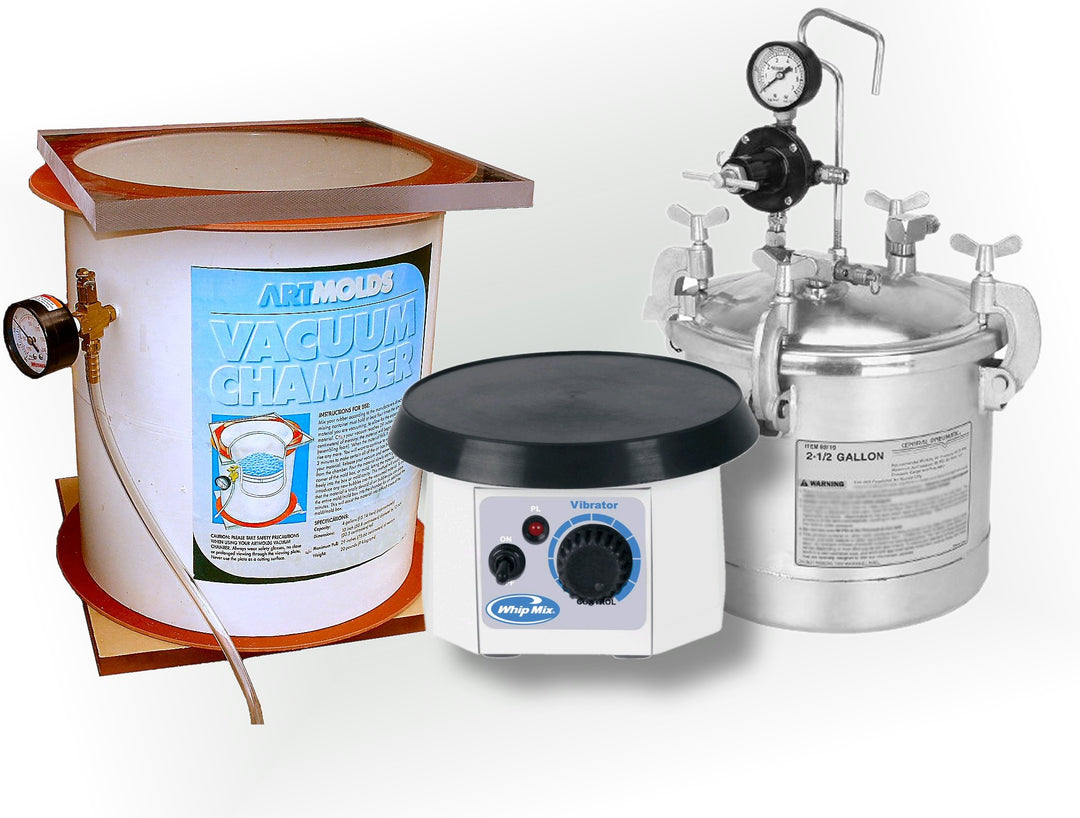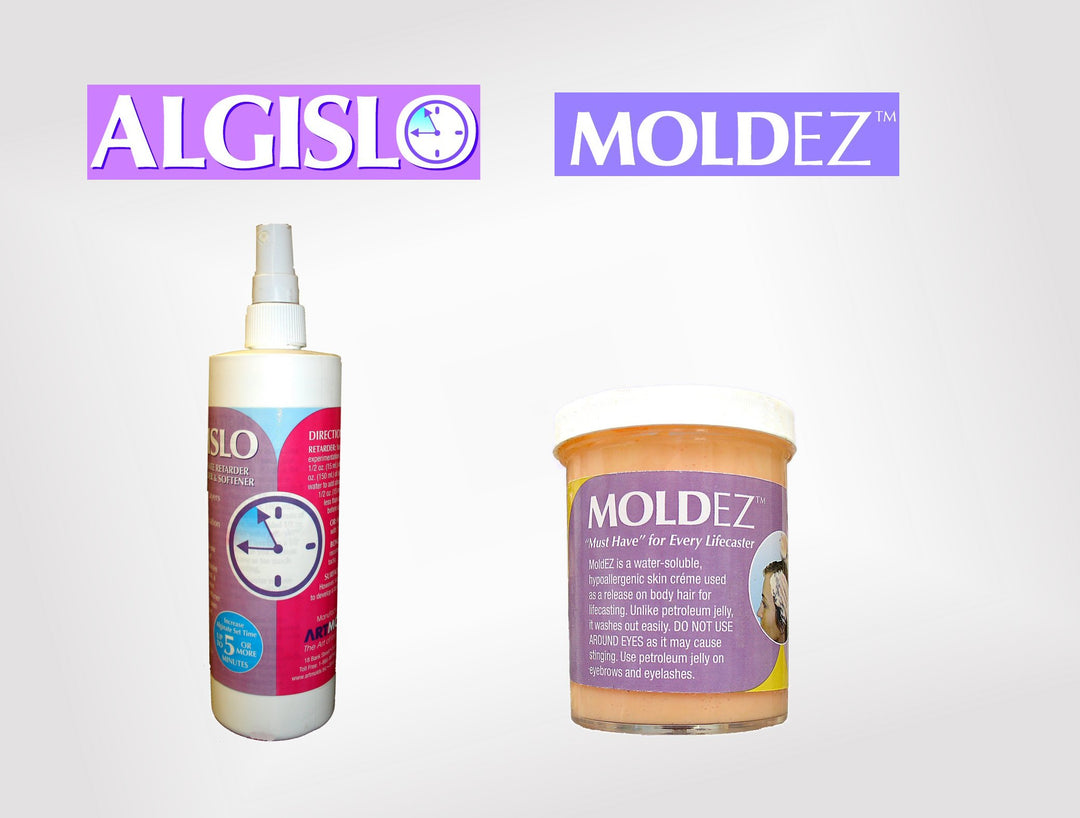SUBSCRIBE TO OUR BLOG
Subscribe to get special offers, free giveaways, and once-in-a-lifetime deals.
The EPA describes Volatile Organic Compounds as chemicals that evaporate at room temperature, which are emitted by a wide array of products used in the work place and in the home including solvents such as naphtha, turpentine, turpentine, xylene and toluene as examples. VOCs are released from these products into the work area or at home both during use and even while stored. That is a silent hazard as according to the EPA, VOCs cause eye, nose and throat irritation, frequent headaches, nausea, and can also damage the liver, kidney and central nervous system.
Author Michael McFadden, Ph.D., writing from the University of Illinois, School of Public Health in Health Hazards of Solvent states in part:
"In general, solvents are one of the most underrated hazards in art. They are used for a million purposes: to dissolve and mix with oils, resins, varnishes, inks; to remove paint, varnish, lacquers; to clean brushes, tools, silk screens and even hands. As a result, artists are continually being exposed to solvents. Almost all organic solvents are poisonous if swallowed or inhaled in sufficient quantity, and most cause dermatitis after sufficient skin contact. High concentrations of most solvents can cause narcosis (dizziness, nausea, fatigue, and loss of coordination, coma, and the like).
The problem is that in many art, sculpture and mold making studios, solvents are still used without any form of protection. Some studios have dealt with the issue of solvent exposure through the installation of ventilation systems. However, Stanford scientists found that the impact of solvent vapors on human health is one thousand times greater in an indoor environment, as opposed to outdoors. This may explain why illness due to solvent VOC inhalation, despite the widespread adoption of sophisticated ventilation systems in studios and workshop.
ArtMolds SOSYL is a multipurpose VOC-free silicone solvent used to thin RTV mold making silicone, the Cirius Silicone paint System to thin for airbrush applications and can be used as the basis for the silicone mold enlargement and shrinking process.
In conclusion, the research supports a strong recommendation that you use a protective NIOSH respirator when handling any VOC solvent for the health reasons we detailed above. As an alternate, search out use the newly developed VOC-free and VOC-exempt solvents such as SOSYL, so that you continue your artistry in the best of health.








Leave a comment